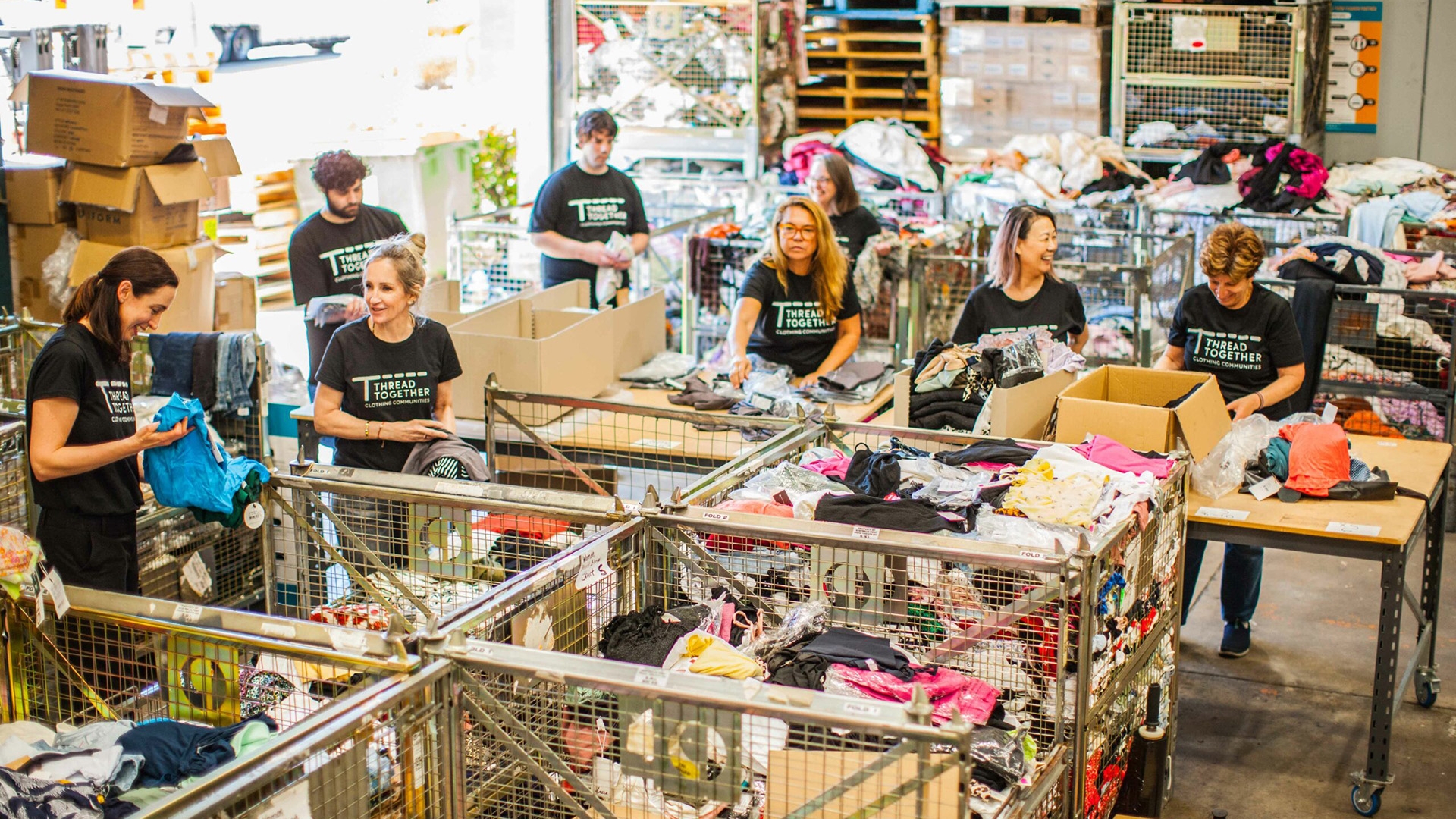In recent years, a quiet revolution has been reshaping the fashion industry. More and more consumers are turning away from mass-produced, disposable clothing and embracing handmade, artisanal garments. This shift isn’t just about aesthetics—it reflects a deeper change in values, where sustainability, craftsmanship, and individuality take precedence over cheap trends and rapid consumption.
The Downfall of Fast Fashion
Fast fashion once dominated wardrobes with its promise of trendy, affordable clothing available at the click of a button. But its hidden costs have become impossible to ignore. The environmental toll is staggering—textile waste clogs landfills, synthetic microfibers pollute oceans, and carbon emissions from global supply chains contribute to climate change. Beyond ecological damage, fast fashion is often linked to unethical labour practices, with workers in developing countries facing exploitative conditions for meagre wages.
As awareness grows, consumers are questioning whether a $5 t-shirt is worth its true price—one paid by the planet and its people.
The Rise of Slow, Handmade Fashion
In contrast to fast fashion’s breakneck pace, handmade clothing represents a return to intentionality. Artisans and small-scale designers create garments with care, using traditional techniques passed down through generations. Each piece tells a story, whether it’s a handwoven scarf, a naturally dyed dress, or a pair of hand-stitched boots.
One of the biggest draws of handmade fashion is its durability. Unlike flimsy, mass-produced items that unravel after a few wears, artisanal clothing is built to last. The attention to detail—reinforced seams, high-quality fabrics, and custom fits—means these pieces withstand years of use. Over time, they develop a unique patina, becoming even more personal and cherished.
Sustainability as a Driving Force
The environmental benefits of handmade fashion are undeniable. Small-batch production minimizes waste, and many artisans prioritize eco-friendly materials like organic cotton, linen, hemp, or recycled fibres. Natural dyes, free from toxic chemicals, reduce water pollution. Because handmade garments are often made to order, they avoid the overproduction that plagues fast fashion brands.
Beyond materials, the very philosophy of slow fashion encourages mindful consumption. Instead of chasing fleeting trends, buyers invest in timeless pieces they truly love. This shift reduces the demand for disposable clothing and fosters a deeper appreciation for what we wear.
The Human Connection
Fast fashion anonymizes the people behind our clothes, but handmade fashion restores that connection. When you purchase from an independent maker, you’re supporting an individual’s livelihood, not a faceless corporation. Many artisans share their creative process on social media, allowing customers to see the skill and effort behind each piece.
This transparency builds trust and community. Buyers often have the opportunity to request customizations, turning their garment into a one-of-a-kind creation. In a world where algorithms dictate our choices, this personal interaction feels refreshingly human.
A Rejection of Cookie-Cutter Style
Fast fashion thrives on uniformity—the same trends appear in malls worldwide, leaving little room for originality. Handmade fashion, on the other hand, celebrates individuality. Whether it’s a hand-knit sweater with subtle variations or a hand-block-printed dress with imperfect charm, these pieces stand out in a sea of sameness.
For many, wearing handmade clothing is a form of self-expression. It’s a statement against homogenized style and a way to showcase personal values. In an era where social media amplifies the pressure to conform, choosing unique, handcrafted garments becomes an act of rebellion.
The Emotional Value of Handmade
There’s an intangible magic in owning something made by hand. A machine-sewn shirt might serve its purpose, but a hand-stitched one carries the energy of its maker. The slight irregularities—a hand-painted pattern, a hand-forged button—add character and soul.
This emotional resonance makes handmade clothing more than just fabric; it becomes a keepsake. Unlike fast fashion, which loses its appeal as soon as the next trend arrives, artisanal pieces often hold sentimental value, sometimes even becoming heirlooms passed down through families.
The Future of Fashion
The movement toward handmade threads isn’t just a passing trend—it’s part of a broader cultural shift toward sustainability, ethics, and authenticity. As consumers become more conscious of their impact, they’re voting with their wallets, supporting small businesses and independent creators over corporate giants.
While handmade fashion may come with a higher price tag, its true cost—to the environment and society—is far lower than that of fast fashion. In choosing quality over quantity, buyers aren’t just updating their wardrobes; they’re reshaping the fashion industry into something more thoughtful, humane, and enduring.
In the end, trading fast fashion for handmade threads isn’t just about what we wear—it’s about who we want to be.
Take a look at these resources:
https://c2bir.org/
https://seabreezetinyhomes.com/
https://lidolimarangi.it/
https://situspokerbagus.com/
https://mvcfashionn.com/
https://informagiovanicirie.net/
https://ebrain-news.com/
https://cbdisolateherms.com/
https://cbdcrowdfund.com/
https://pokernews.info/
https://rospedia.com/
https://avataresyfirmas.com/
https://onvd.org/
https://thinkingcreatively.org/
https://tvoicelessons.com/
https://halfashoestring.com/
https://ipsecurityforum.it/
https://visitandrun.com/
https://iraq-live.com/
https://fashioncn.org/
https://healthcareforgunner.com/
https://lookoff.co/
https://free-download-casino.com/
https://freshamericannews.com/
https://steelvalleyarts.org/
https://homeinsuredbyus.com/
https://marijuanadispensarynearmeshop.com/
https://simsoncasino.com/
https://fvtlaw.net/
https://atlanticcwm.com/



